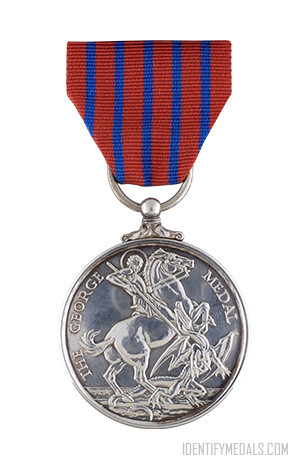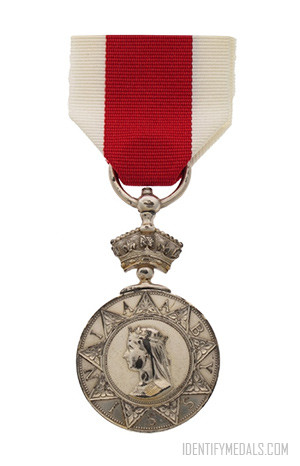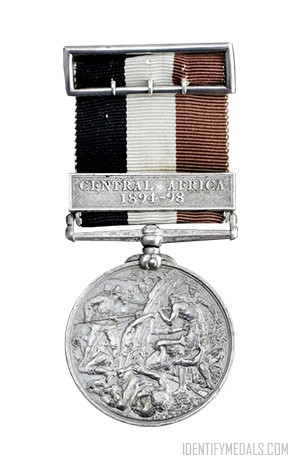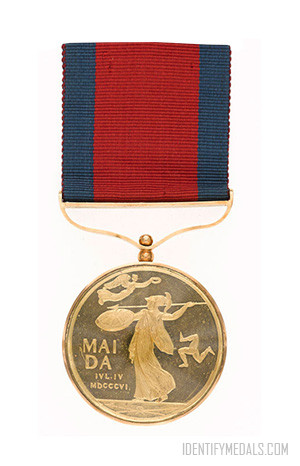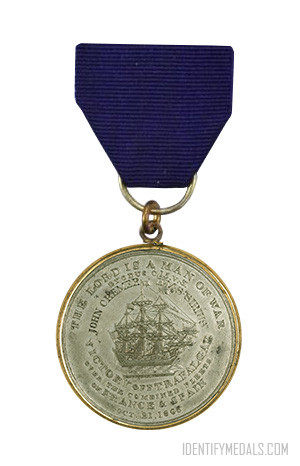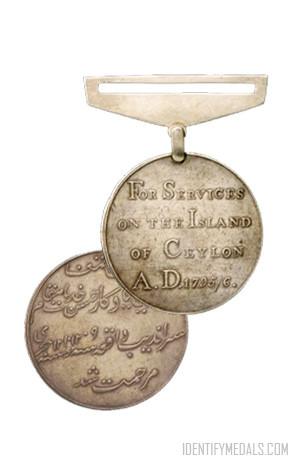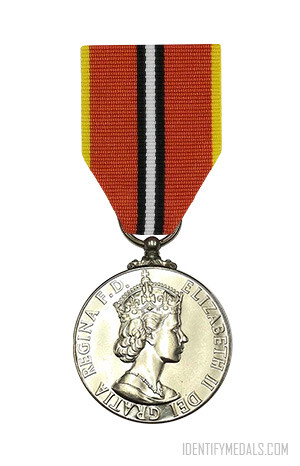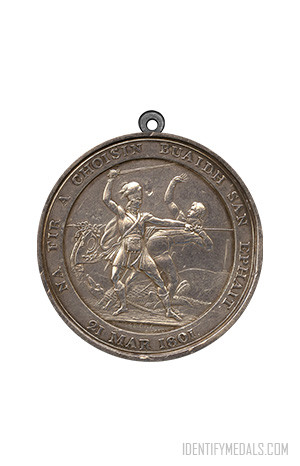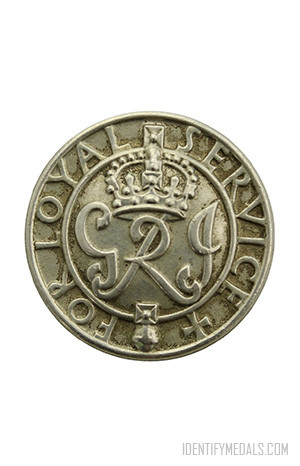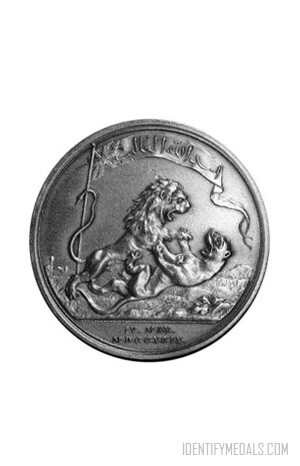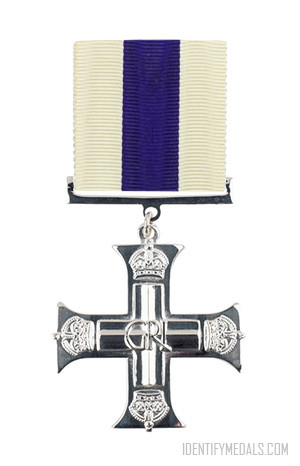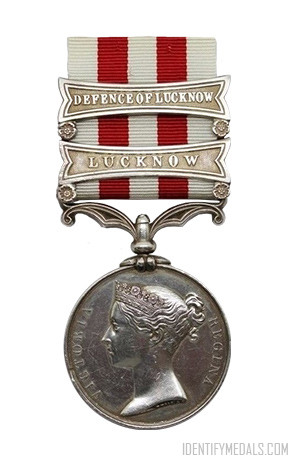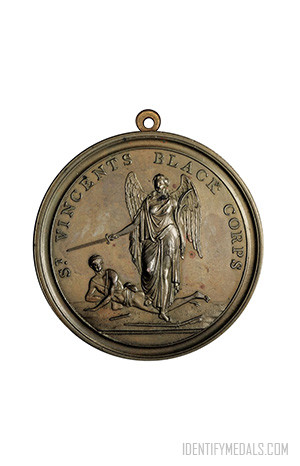- Time Period: World War II
- Institution: 1940
- Country: Great Britain
The George Medal (or GM) is a decoration of the United Kingdom and Commonwealth instituted on 24 September 1940 by King George VI as an award for gallantry “not in the face of the enemy” where the services were not so outstanding as to merit the George Cross.
During the height of the Blitz in 1940, there was a strong desire to reward the many acts of civilian courage. The existing awards were not judged suitable to meet the new situation, so it was decided that the George Cross and the GM would be instituted to recognize both civilian gallantry in the face of enemy bombing and brave deeds more generally.
The King announced the new awards by saying:
In order that they should be worthily and promptly recognized, I have decided to create, at once, a new mark of honor for men and women in all walks of civilian life. I propose to give my name to this new distinction, which will consist of the George Cross, which will rank next to the Victoria Cross, and the George Medal for wider distribution.
The warrant for the GM, dated 24 January 1941, was published in The London Gazette on 31 January 1941. Although the original warrant did not explicitly permit it to be awarded posthumously, this was changed in December 1977 to allow posthumous awards.
Recipients are entitled to the post-nominal letters GM.
The George Medal Design
The medal is circular and struck in silver. It measures 36 mm (1.4 in) in diameter.
The obverse depicts the crowned effigy of the reigning monarch. To date, there have been four types:
- George VI, 1940 to 1948. Inscribed GEORGIVS VI D: G: BR: OMN: REX ET INDIAE IMP.
- George VI, 1948 to 1952. Inscribed GEORGIVS VI DEI: GRA: BRITT: OMN: REX FID: DEF:
- Elizabeth II, 1952 to late 1950s. Inscribed ELIZABETH II D: G: BR: OMN: REGINA F.D.
- Elizabeth II, late 1950s to date. Inscribed ELIZABETH II DEI GRATIA REGINA F.D.
The reverse shows Saint George on horseback slaying the dragon on the coast of England, with the legend THE GEORGE MEDAL around the top edge of the medal.
The ribbon is 31.7 mm (1.25 in) wide, crimson with five narrow blue stripes. The name of the recipient is engraved on the rim of the medal, although some Army awards have impressed naming.

